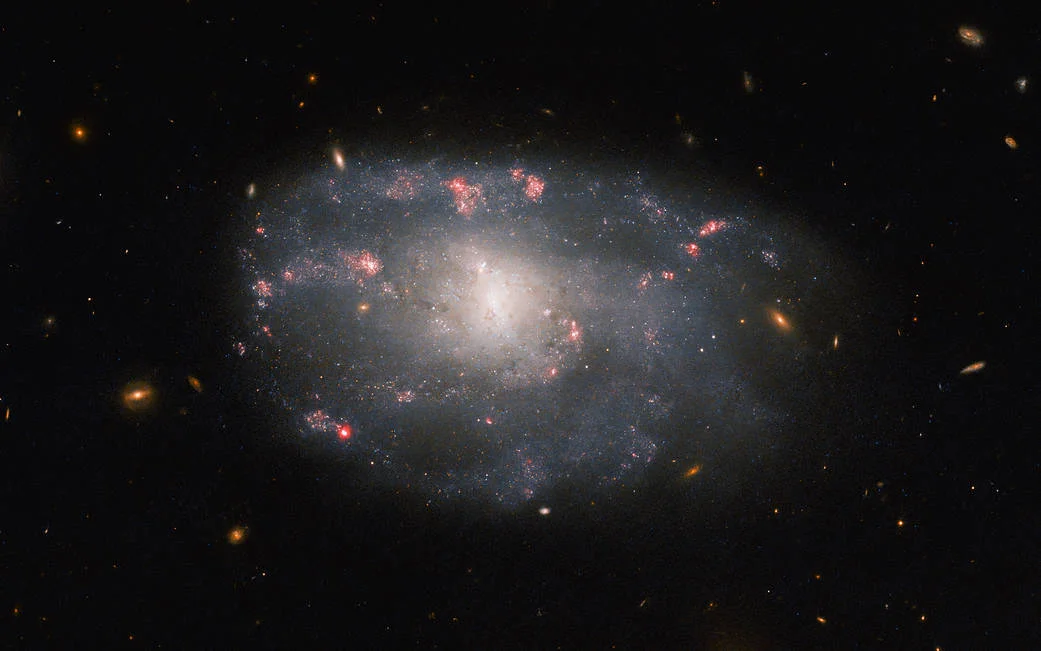This spectacular Hubble Space Telescope image shows the dense globular cluster known as NGC 2210 located in the Large Magellanic Cloud (LMC). The LMC is located approximately 157,000 light-years from Earth and is the so-called companion galaxy of the Milky Way, meaning the two galaxies are gravitationally bound together. Globular clusters are very stable and tightly bound clusters consisting of thousands or even millions of stars. Their stability means that they can exist for long periods of time, and so globular clusters are often studied to search for potentially very old stellar populations.
In fact, a 2017 study using some of the data also used to create this image found that samples of the LMC’s globular clusters are incredibly close in age to some of the oldest star clusters found in the Milky Way’s halo. They found that NGC 2210 itself is likely around 11.6 billion years old.
This makes NGC 2210 the youngest globular cluster in their sample, although it is only a few billion years younger than the universe itself. All other LMC globular clusters studied in the same paper turned out to be even older, with four of them being more than 13 billion years old. This tells astronomers that the oldest globular clusters in the LLM formed at the same time as the oldest clusters in the Milky Way, even if the two galaxies formed independently.
This old but relatively young cluster is a source of interesting research as well as being extremely beautiful with its very dense population of stars. The night sky will look very different from the perspective of the inhabitants of a planet orbiting one of the stars at the center of a globular cluster: In a stellar environment thousands of times more densely populated than ours, the sky will appear full of stars.













